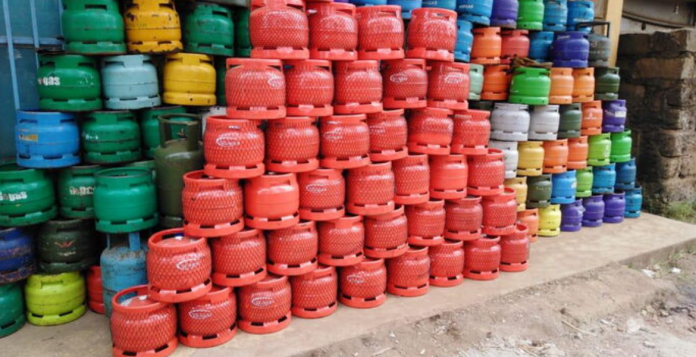The Energy and Petroleum Regulatory Authority (EPRA) has unveiled new regulations targeting investors intending to venture into the Liquefied Petroleum Gas (LPG) market.
The regulations are part of the regulator’s efforts to drive away cartels paralyzing the gas market.
Under the proposed Petroleum (Liquefied Petroleum Gas) Regulations of 2024, investors venturing into the cooking gas business will be required to own at least 30,000 cylinders, up from the current 5,000 cylinders.
“A brand owner shall own a minimum of 30,000 LPG cylinders of either standard capacity,” EPRA states.
According to the regulator, the move will reduce the increasing cases of illegal activities such as cross-filling, where gas dealers refill cylinders belonging to other brands without permission.
EPRA notes that such actions not only result in losses for investors but also pose serious risks to households due to poor safety standards.
The regulator further clarified that dealers with less than 30,000 cylinders will be allowed up to three years to comply with the directive.
How I make Sh250,000 from spa business and what investors need to know
Requirements to start a cooking gas business
According to EPRA, investors intending to venture into the cooking gas business must have the following to be permitted to run the business:
- Certificate of Incorporation.
- CR12 from the Registrar of Companies.
- Copies of national identity cards/passports for the director(s).
- Valid tax compliance certificate from the Kenya Revenue Authority (KRA).
- A valid single business permit for the premises of operation from the respective county government.
- Proof of ownership of the storage facility.
- Proof of ownership of at least 30,000 cylinders of either 0.5,1,3,6 or 13kg or a written authority for filling a particular brand from a licensed LPG cylinder brand owner.
- A valid fire clearance certificate.
- A letter from the Kenya Bureau of Standards attesting to the facility’s conformance evaluation with the relevant Kenya Standard.
- Physical Planning Act of 2019 Certificate of Compliance (PPA5 or PPA2).
- A current certificate from the Directorate of Occupational Safety and Health Services confirming the establishment’s status as a workplace.
- A current calibration certificate from the Department of Weights and Measures.
- A valid calibration certificate for each LPG Storage tank at the facility.
- A summary emergency response plan from the applicant.
- Proof of access to a calibrated weighbridge.
- Evidence of the installation of a non-obscured, ATEX-rated closed-circuit television (CCTV) camera at the LPG cylinder filling location that EPRA can view online.
- Evidence that at least four employees have received safe LPG handling training from National Industrial Training Authority-approved staff.








